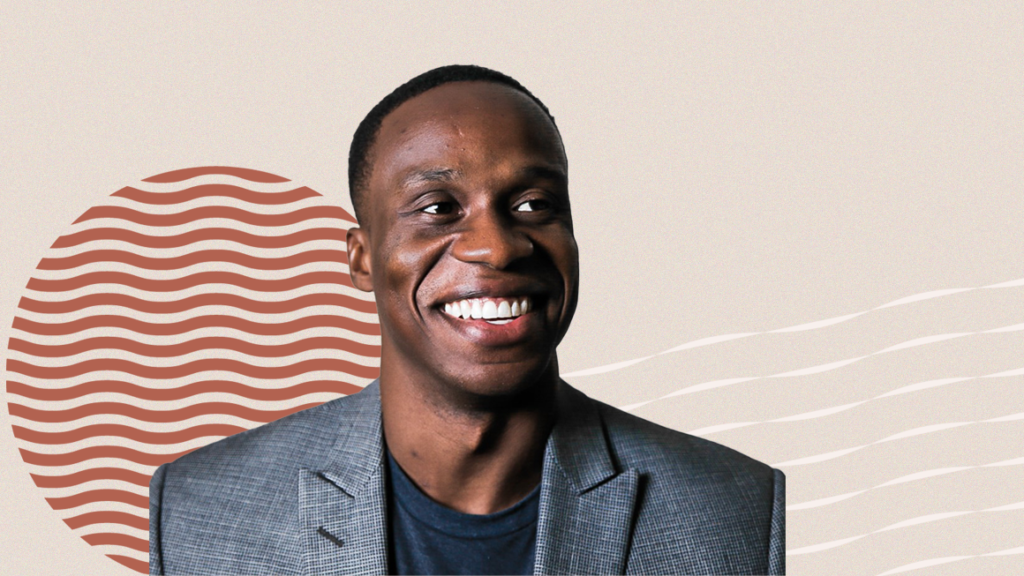
Service: Worthy to Do and Worth Doing
I began this essay while traveling on a plane, during which, every now and again, I gazed through the windows to take in the clouds. I felt hopeful. That is what the clouds have always meant to me: hope, possibility, and the promise of positive change to be found in the unknown if we dare to reach for it. While up in the air, I thought about service—why it is worthy to do, and why it is worth doing. These are two similar questions, yet they’re different enough to be asked.
Service, Defined
The spirit of service is about wanting for your neighbor the same good you want for yourself, and then going about the intentional work of pursuing that good. This mindset leads you to want to better the whole neighborhood—not just your block. It guides people to work toward better communities and a better world as a whole.
Worthy and Worth It
Service is bi-directionally fulfilling. It is a worthy endeavor because those acting in service of another are demonstrating a commitment to the idea that we all have the right to live our best lives and that we share responsibility to contribute to that reality—not just for ourselves but for each other. Service is also worth doing because serving a cause that looks beyond yourself and toward the betterment of your surroundings doesn’t just transform those very surroundings, it also transforms you. Personally, some of my deepest-felt joys have taken place while I was in the midst of working alongside others toward a common and focused cause.
How to Serve
How should you serve? As responsibly as possible. The first principle when serving is to complete due diligence to minimize the possibility that your efforts will bring about significant or sustainable harm. There is so much that is unseen in and unknown about areas with adversity and structural challenges, so it is up to those who would serve to observe as much as they can and learn as much as possible. The key is not to lead with solutions—the key is to first get the deepest understanding of the situation by being on the ground and in the midst of action. It is the scientific art of learning and connecting and feeling—and it paves the way for the positive and sustainable good to flourish all around us. Good intentions are not enough. Only good intentions grounded with effort, responsibility, and commitment begin to lay down the path for how one should consider serving.
The Roadmap
There are three important questions to ask before you start your work:
- Are you welcome in this place? Wherever you go, whether you’re around the corner or around the world, make sure to ask this question before you enter and start changing things. This ensures that you condition the ground with respect and begin your work on a positive foundation.
- What do the community members see as the challenges and opportunities? There are no better people to learn from than those who are living in the area. They breathe the issues, they feel the issues—they are key to overcoming or fulfilling all that is around them. The answer to what needs to be attenuated and/or accentuated lies in their experiences and perspectives—their hopes.
- How do community members envision overcoming their challenges and fulfilling their opportunities? For the same reasons as the prior question, those who are on the ground have the contextual history of what has been tried and what hasn’t been tried, how it has been tried and how it hasn’t been tried. They have hidden-gem ideas, and as they share what they know and feel they inspire themselves and others. That inspiration is a key ingredient to success.
Begin the process for action only after asking the preceding questions, as you’re waiting for their answers.
- Problem: Ask whose it is, who is working on it, who are the stakeholders, who is the end beneficiary, what is the ethnography, and what is the social science around the issue. Then, once you go through that process, outline an ideal world with an intentional absence of the problem.
- Solution: This starts where the last section ended. Find the barriers between where you are and where you want to go (i.e., the ideal world), then brainstorm how to overcome those barriers. Therein lies the early goings of your strategy.
- Action: You can utilize a logic model that includes your inputs, activities, outputs, and outcomes—but use any structure that brings focus as well as flexibility to your approach. After you prototype and iterate, scale the best of your efforts.
As I finalize my thoughts, I am on the plane again. The clouds are still there, evolving perfectly in their imperfect ways. Inviting me to evolve with them. Therein lies the path to a better future—one filled with hope.

